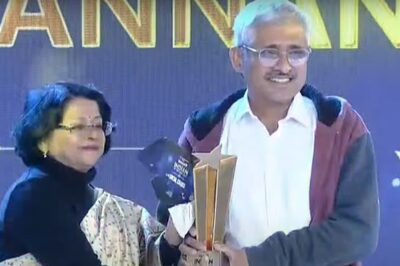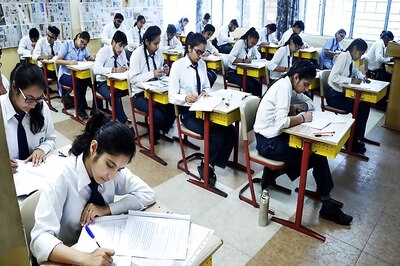
views
After 15 elections to the Lok Sabha and an equal (if not more) number of elections to the State Legislative Assemblies, the debate on the suitability of the First Past the Post (FPTP) system is still very much alive. Advocates of a Proportionate Representation (PR) system argue that the nature and structure of political/party competition make it the appropriate moment to abandon the FPTP system and adopt a PR system. The supporters of FPTP system would, on the other hand, assert that contemporary developments in Indian politics bear testimony to the success of the present electoral system and has permitted the representation of diverse political interests and varied shades of political opinion. The fact that representatives of 39 different political parties sit in the Lok Sabha today, reflects the authentic multi-party system that has emerged in the country today under a FPTP electoral system.
The FPTP system is closely linked with the Westminster form of parliamentary democracy. Under this system, a winning candidate in an electoral constituency wins the election merely on account of polling the highest number of votes. In a multi-party contest in a constituency, votes are often split between different candidates, resulting in the winning candidate securing less than fifty percent of the votes polled. An individual is thus declared as elected from a constituency to represent the electorate even though she/he has not secured a majority of the votes but merely the highest number of votes. In the recent past, Lok Sabha elections have seen a large number of elected MP's winning by less than fifty percent of the votes. This is not the only anomaly of the FPTP system. Another consequence is the wide gulf between the percentage of votes polled by a party in a particular election and the percentage of seats it secures. The party/alliance which emerges as the ruling party, having secured a majority of the seats, rarely gets above fifty percent of the votes polled. In the last 15 Lok Sabha elections, no ruling party/ alliance has secured a majority of the votes. The closest a ruling party came was in the 1984 Lok Sabha elections, when the Congress secured secured 49 percent of the votes polled and managed to win 79 percent of the seats (404 out of 514). Does this fact justify the demand for replacing the FPTP system with an electoral framework that helps mirror the voter`s choice more effectively? It is in this context that the Proportionate Representation (PR) system is advocated. An equally critical issue that needs to be addressed is whether a PR system would bring in its wake a new set of challenges that the electoral/ political system will need to additionally confront?
Ever since the 1990s, with the emergence of a competitive multi-party system in India, not only has the number of state based parties in the Lok Sabha increased, their share in the number of seats has also gone up. If in 1989, the number of Lok Sabha members who did not hail from the national parties stood at 46, it has risen to 174 in 2004 and 158 in 2009. Many had argued that the FPTP system would discourage smaller parties without an All India presence from establishing their presence. However, in the Indian context, it has proved to the contrary. Since the 1990s, smaller state based parties have used the FPTP electoral system to register a significant presence at the national level. The reasons for the same are seen in the nature and structure of the electoral contest in India. The FPTP system has allowed the dynamics of political competition at the state level to be successfully mirrored at the national level.
It can be argued that most states in India, have a stable bi-party system or bi-polar alliance system. This can be gleaned from the fact that in 22 of the 28 states, the ruling party/alliance and the principal opposition party/alliance secured over two thirds of the votes in the last state assembly elections held. This is a reasonably high percentage of polarization in a FPTP system. It implies that there is a clear polarization of choice that voters make in the state elections. What appears to have clearly emerged in the recent past is a clear bi-polar alliance system in most of the states. This can be clearly concluded if one looks at the 2009 federal poll as 28 different elections held in 28 different states. In the 2009 Lok Sabha poll, in more than half the states (15 of the 28) the two major parties/alliances in the electoral contest secured more than eighty percent of the valid votes polled. In another nine states, the two major alliances/parties secure over two thirds of the valid votes polled. In only four states was there a truly multi polar contest at the state level.
Thus, the states of India have emerged as the true 'centre' of politics as is clearly evidenced from the bi-polar alliance system that exists in most of the Indian states in a Lok Sabha election. The political trends of the last two decades indicate that the FPTP system has allowed the electoral outcomes to mirror ground reality. The present FPTP system has allowed for the multi-track diversity in the political/electoral system to find a legitimate expression which other alternatives may not so effectively achieve.




















Comments
0 comment